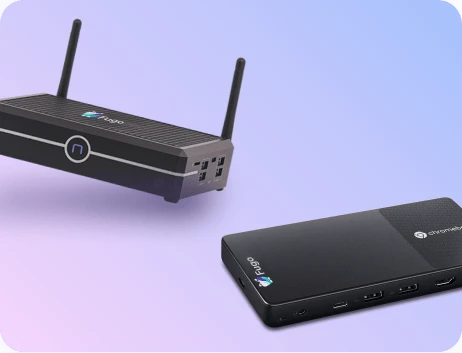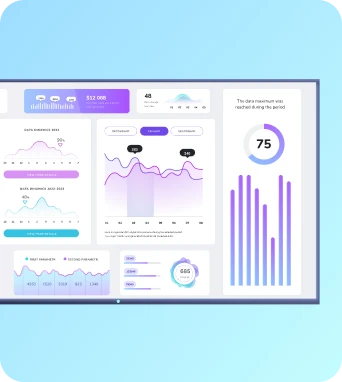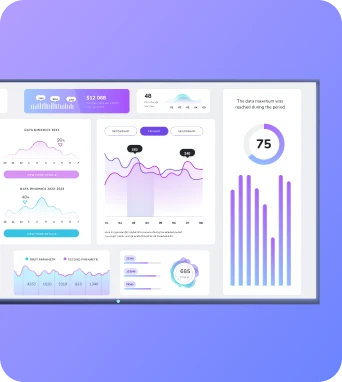Asset tagging
Asset tagging in digital signage is the systematic application of descriptive labels and structured metadata to media files, templates and playlists to enable targeted scheduling, device-level delivery, automated workflows, analytics and integration with content management systems across signage networks and dashboards.
What is Asset tagging?
Metadata schemas, taxonomies and technical mechanics of asset tagging
At a technical level, asset tagging operates on a metadata schema that defines which attributes are available for annotation and how they are interpreted by the scheduling and delivery stack. A robust schema will include controlled vocabulary fields such as location, audience, language, campaign identifier, compliance flag, and expiry, together with freeform fields for descriptive notes. In practice this means that a media asset might carry a compact JSON representation such as {"tags":["lobby","promo","q3-campaign"],"region":"EMEA","expires":"2025-09-30T23:59:00Z"} which can be evaluated by a playlist engine to determine inclusion or exclusion. Taxonomies are best expressed as hierarchical or faceted classifications so that queries can match parent or child nodes; for example a query for region:EMEA should return assets tagged with country-level tags such as UK or Germany if the taxonomy links those nodes. Tags are interpreted throughout the signage delivery pipeline: during content ingestion, metadata enrichment services or DAM connectors may append canonical tags; the CMS or platform API enforces validation rules; the scheduler resolves tag expressions to build playlists; and the player evaluates tags at runtime to filter or substitute media. From an integration perspective, tag-based endpoints are exposed as filterable API queries and webhook triggers so external systems can push or react to tagged content. Tag evaluation must be performant: indexing tag fields in datastore layers, using inverted indices for rapid set intersection and utilising cache-coherent representations on edge players reduce latency. For distributed players with intermittent connectivity, tags should include provenance and version identifiers so the device can reconcile local caches with authoritative server state and correctly apply expiry and prioritisation semantics when building ad-hoc playlists.
Deploying asset tagging across signage networks and players
Implementing asset tagging at scale requires a pragmatic blend of governance, automation and observability. Begin by defining a concise tagging policy with mandatory and optional fields, controlled vocabularies and naming conventions; consistency prevents tag sprawl and simplifies queries. In a practical rollout, use automated pipelines to apply tags on ingestion: integrate your DAM or CMS with the signage platform via connectors or scripting so that assets imported into Fugo.ai or a similar platform receive standardised tags based on folder structure, filename heuristics or business metadata. Where possible, implement rule-based tagging that derives audience or location tags from device inventory properties so a content item pushed to a region automatically receives the correct regional tag. Operational considerations include the mechanism of propagation to players, the handling of transient tags such as "live-event" or "urgent", and the performance implications of complex tag expressions in playlist resolution. Common pitfalls are inconsistent casing, duplication of semantically equivalent tags, and excessive tag cardinality which increases index complexity and degrades query performance. Monitoring practices should include tag utilisation metrics, query latency measurements, and reconciliation reports showing assets without tags or with conflicting tags. For optimisation, adopt tag hierarchies to reduce the need for many granular tags, implement tag normalisation routines, and employ incremental synchronisation so only changed tag deltas are sent to edge devices. In platforms like Fugo.ai, use device groups combined with tag filters to create reusable playlists and leverage webhooks or automation rules to re-tag or retire assets as business events occur, for example using an external calendar event to append a "holiday" tag and trigger a campaign swap.
Final Thoughts on Asset tagging
Keep the learning going...
Aspect ratio correction
Aspect ratio correction is the process of adjusting media and layout to match the native width-to-height proportions of a display, using scaling, cropping, padding or letterboxing. In digital signage it prevents distortion, preserves composition and ensures consistent presentation across screens, dashboards and mixed-player networks.
Asus Chromebox
Asus Chromebox is a compact Chrome OS-based mini PC often used as a cost-effective digital signage player. In signage contexts it runs a browser-first stack, boots quickly into kiosk or managed sessions, and integrates with cloud signage platforms like Fugo.ai to display playlists, dashboards and HTML5 content reliably across multiple screens.
Asus Chromebox 5
The Asus Chromebox 5 is a compact Chrome OS mini PC designed for enterprise and commercial use, offering modern Intel processors, 4K-capable graphics and multiple I/O options. It’s well suited as a reliable client for digital signage, TV dashboards and kiosks where secure, remotely managed single-purpose playback is required.



